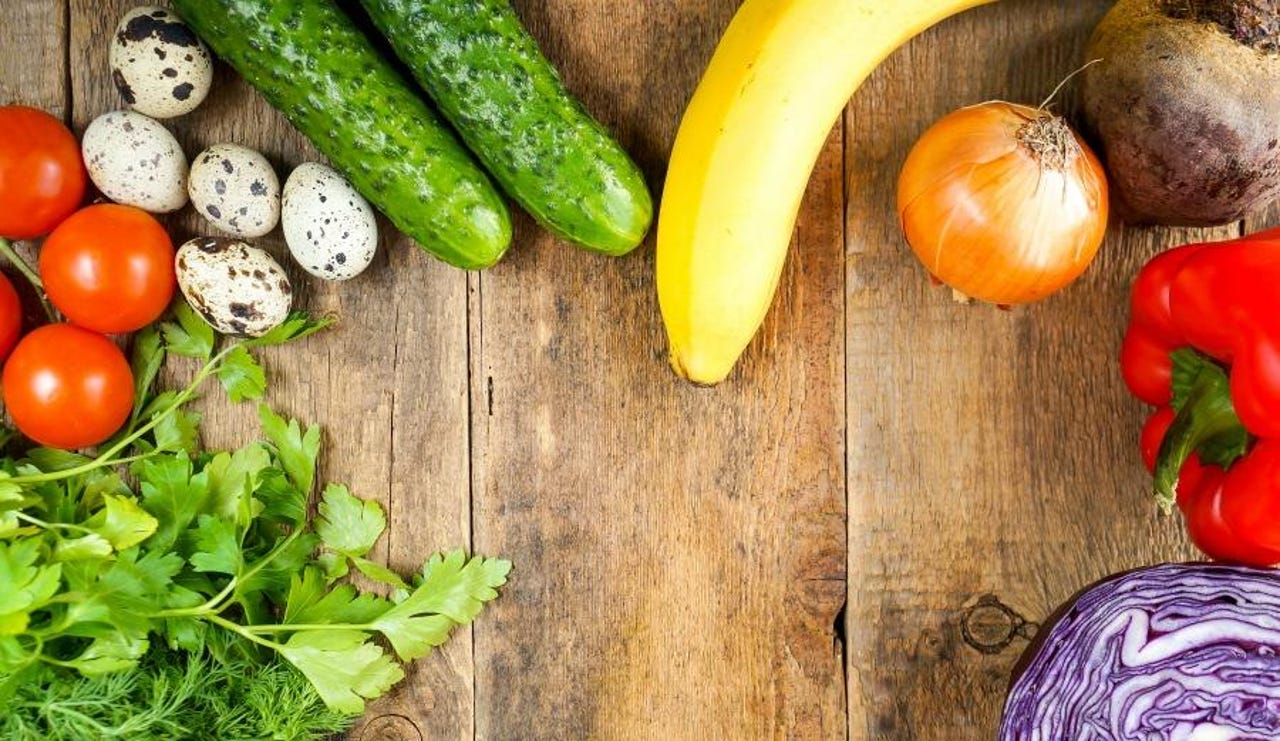2018 was point of no return for online grocery delivery (But two companies are dominating)


It's hard to find a clear assessment of the impact online grocery delivery is having both on grocers and consumers. The online grocery paradigm is taking shape very quickly, but aside from hodgepodge delivery numbers and mind-boggling market reports predicting a market in excess of $100 billion, the state of the industry is a little uncertain.
A new report from CommonSense Robotics, which makes warehouse robots for fulfillment centers, has some striking takeaways, including the eye-popping finding that same-day grocery delivery grew a staggering 500 percent over the previous year in 2018.
After years of skepticism in an industry that's been long underpenetrated by e-commerce, grocery retailers made strides in the rollout of curbside pickup and same-day grocery delivery, signalling change for an industry that once appeared to be immune to the shift to online.
CommonSense and other logistics automation providers like Tompkins Robotics and Ocado are at the technological nexus of the shift to online grocery fulfillment. Indeed, warehouse robots are powering the ecommerce revolution in general, accounting for Amazon's ultra-fast delivery dominance. Grocery delivery has been harder to automate than parcel delivery because groceries represent a particularly challenging materials handling use case. From a robotics engineer's perspective, a grocery store is a hellscape of competing climate zones and delicate items that can easily be squashed or bruised. Fulfillment experts have to account for spoilage. A single bag of groceries can hold fifty SKUs, and as any bag boy knows, there's an art to the Tetris game of fitting them together.
But it's clear a technological shift has occurred. Robotics firms are getting better. A firm called Soft Robotics is using materials science to enable robots to handle items spanning a huge spectrum of textures, shapes, and sizes. Other companies are perfecting automation that uses machine vision to develop grasping strategies for thousands of SKUs in real-time. Supermarket giant Kroger is now fulfilling online orders with assistance from the UK's online grocery fulfillment wunderkind Ocado. After scaling back slightly, Amazon is now ramping up its push into the grocery market, and companies like Nuro, founded by ex-Google engineers, are automating last-mile delivery via temperature controlled autonomous vans.
All of which explains why the CommonSense Robotics report found that online groceries will account for at least 15% of all grocery sales by 2023. That's a staggering rise considering they accounted for close to ZERO percent of grocery sales just a couple years ago, when online grocery delivery was only available in a few select urban markets like San Francisco and New York.
Underwriting the shift is that massive rollout of online ordering across the U.S. As the report notes, Instacart's partnership with 300+ grocery retailers in the U.S. has made same-day grocery delivery available to 80 percent of American households. Putting lofty future projections aside, consulting firm Pentallect estimates that third-party grocery delivery is ALREADY a $4.5 billion industry.
Which isn't to say that challenges aren't looming. Brick & Mortar grocers are keen on squeezing value out of their stores, which means getting customers through the door or at least monetizing the convenient location of stores in many neighborhoods. That's why curbside pickup, where customers order online and drive to the store to retrieve pre-bagged items, has been an area of such fervent growth.
Click and collect. Curbside pickup. The artist formerly known as BOPIS (buy online, pick up in store). Whatever you call it, curbside pickup saw massive rollout in 2018. By the end of the year, curbside pickup was available in 45% of Walmart stores, 58% of Kroger stores, 56% of Target stores (notably up from 0.6% at the beginning of the year), 30% of Ahold Delhaize stores, and 21.7% of Albertsons stores. And there's no sign of curbside pickup slowing down any time soon. Walmart recently announced plans to have 2,140 online grocery pickup sites by the end of 2019, covering 69% of U.S. households, and for fiscal 2020, it's targeting 3,100 curbside pickup sites.
But from a consumer perspective, curbside pickup is, at best, a stopgap, a temporary concession to a coming paradise of same-day door-to-door grocery delivery. That runs counter to the push by retailers to grow their curbside offerings, and that hesitation to lean into same-day delivery could signal a coming bloodbath for grocers who don't go far enough to embrace the new ecommerce paradigm.
In fact, the report found that only two brick-and-mortar retailers are emphasizing same-day delivery, which could be a hint at who will emerge victorious in this Game of Thrones jockeying.
According to Deutsche Bank, of 23 major retailers, only two are making same-day (or faster) delivery their primary focus 1: Target, who acquired Shipt at the end of 2017 and now serves 200 metro markets with same-day delivery, and Amazon, who expanded Prime Now grocery delivery from Whole Foods in 63 cities across the U.S. by the end of 2018.
Any company that sees Amazon running hard at their sector and doesn't maneuver accordingly has signed up to be put out of business. The big takeaway from the CommonSense report might just be that time is slipping away for grocers who don't embrace same-day delivery as quickly as possible.